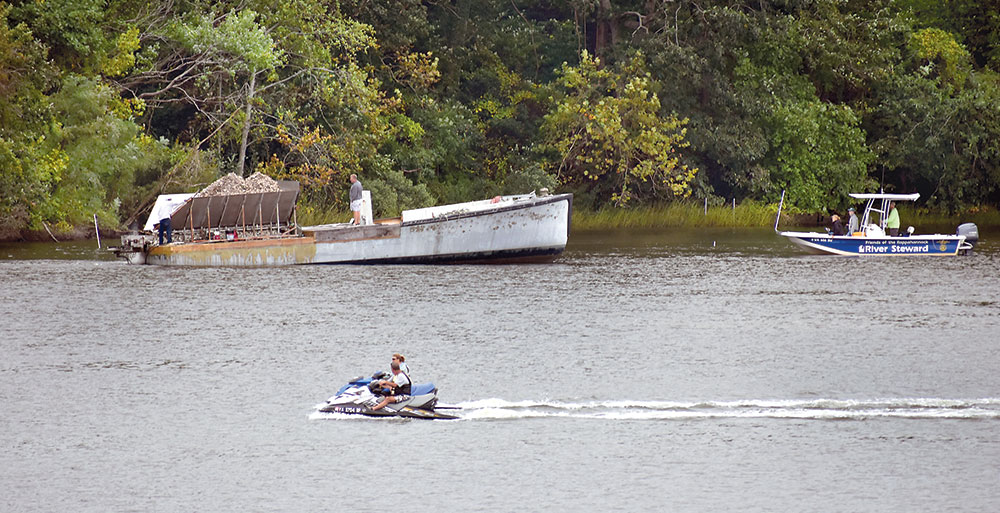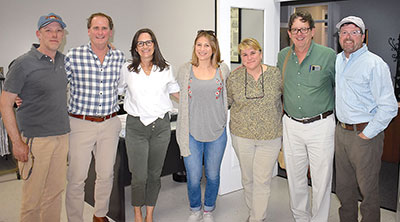
The resurgence of aquatic grasses and an abundance of oyster spat attaching to jetties, piers and boathouses on Urbanna Creek are a sign of an improving environment along the watershed.
Back in 2008, William Smiley, outdoor coordinator for Christchurch School, introduced a school project that had students planting shell and spat-on-shell in the waters off Christchurch School in the Rappahannock River.
As he studied and monitored the small reef they created, Smiley found that there was very little growth or progress. So, he directed his efforts to Urbanna Creek where after several years of planting seed and spat, found the creek to be a “wonderful ecosystem” for growing oysters.

Urbanna Creek has been condemned for the harvesting of edible shellfish for years. In the late 1960s, the Town of Urbanna installed a sewage treatment plant that to this day discharges into Urbanna Creek. There is also a sewage system discharging into the creek from the Middle Peninsula Regional Security Center and courthouse complex in Saluda.
The treatment plants are operated today by Hampton Roads Sanitation Department (HRSD). The plants are scheduled to be closed in the coming years when HRSD will direct the sewage to a treatment plant in Yorktown. Work has already begun on that project.
This will not, however, bring the creek up to an environmental standard where oysters can be harvested to eat, because of the extensive number of boats and marinas in the harbor, said David Cola, director of place-based education at Christchurch School.
“Restore Urbanna Creek (the named used by the group) is not just about science,” said Cola. “It is about providing environmental information so people who live on the Chesapeake Bay understand our watershed better. It is about people understanding that a healthy watershed ups the quality of life for all of us.”
During the 1970s and 1980s, Urbanna Creek lost all of its aquatic grasses, mostly due to turbid, dirty water. “The grasses are coming back,” said Sara Chaves Beam, director of Chesapeake Bay Governor’s School. “The water is obviously clearer and cleaner, which is a gauge used to show we are making a difference.”
Cola pointed out too that the creek is full of oyster spat attaching to docks, bridge pilings, etc. “This is a real sign that life in and along the creek is getting better,” he said.
There's more to this story...
Are you a subscriber? Log in
Many more news articles, photos and ads are available only to those who subscribe to our printed newspaper or our online e-Edition.
Pick up a copy or Subscribe today!
| e-Edition | Printed version |
For assistance, call 804-758-2328.


